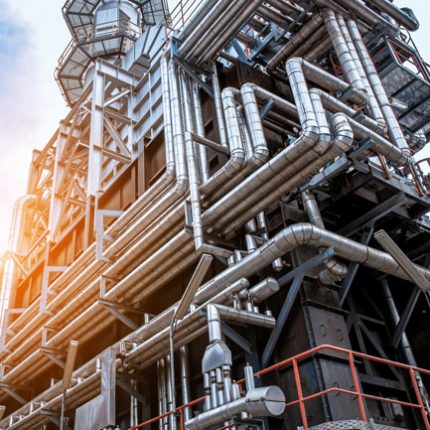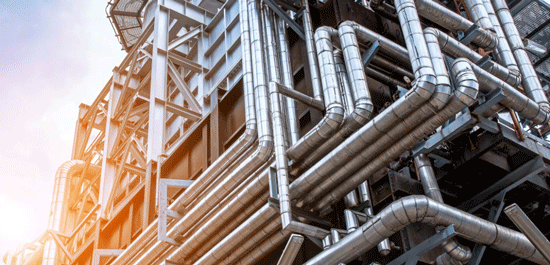Petrochemicals

PETROCHEMICALS
Having a Coherent liaise with main cracking plants in the Middle East region, we support our clients in the market with Heavy End, DPG & Raffinate:
Heavy End
In refinery parlance, heavy ends are the heavier fractions of refined oil fuel oils, tubes, paraffin, and asphalt-remaining after the lighter fractions have been distilled off, and it refers to a range of volatile and flammable liquids produced by the distillation of petroleum. The liquids, which differ slightly in their chemical structures and boiling points, have various applications in the refining process – the main one as a feedstock for gasoline and the manufacture of olefins by the petrochemical industry.
DPG – Dry Pyrolysis Gas
Dry pyrolysis gasoline is a by-product of ethylene production. It is produced in the pyrolysis (high-temperature) furnaces in steam-cracker operations. Pyrolysis gasoline contains a mixture of hydrocarbon compounds in the C5–C12 boiling range. The primary constituent is benzene, which can range from 25–45% of the stream mass. Pyrolysis gasoline has been historically used as an octane booster for motor fuels and in petrochemical production.
Raffinate
Raffinate 1 (petroleum gas, butane-butene raffinate) is the remain of C4-fraction after the extraction of 1,3-butadiene. Raffinate 1 is the hydrocarbon (butane-butene) gas mixture. It is extremely flammable, colorless gas, with slight aromatic odor. It is used as a raw material for isobutene production. Isobutene with methanol is used in MTBE production (methyl tertiary buthyl ether).

